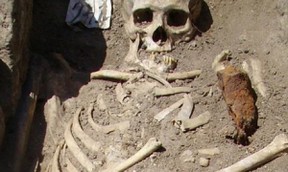 The scare did not begin in a vacuum. Vampires did not enter the folklore fully formed and dangerous, at the beginning of the 18th century. Belief in them had persisted for centuries.
The scare did not begin in a vacuum. Vampires did not enter the folklore fully formed and dangerous, at the beginning of the 18th century. Belief in them had persisted for centuries.
Ancient legends from Asia attest to vampiric figures, like Lamia and Kali. Skeletons have been unearthed from 6th century Southwell, in England, showing how they had been buried with iron spikes pinning down the ankles, pelvis, wrists, chest and throat. From 13th century Bulgaria and Poland, archaeologists have uncovered yet more bodies interred with sickles securing skeletal necks, while rods protruded from the chest.
During the Black Death in Venice, suspected vampires were buried with bricks in their mouths, to stop them eating through their shrouds. The same has been found in Ireland, in graves dating from the 8th century.
They all provide evidence that humanity has feared the vampire, across the world, for a very long time. But what happened in the 18th century lifted this from the vague realms of folklore into the very real and present news headlines. There were stories.
Nor were they necessarily confined to the 1700s alone. Back in 16th century Hungary, an aristocrat named Countess Bathory was imprisoned in solitary confinement after murdering over 600 peasant women. She had bathed in their blood, in a bid to render herself young and beautiful. Though very much a living woman, it had underscored the notion of blood containing the elixir of life.
Then, in 1672, a terrifying report emerged from the Croatian village of Khring. A man named Guire Grando had attacked his neighbors in the street, and drunk their blood. He had also made strong sexual advances towards his terrified wife. The man in question had been dead for over twenty years.
Upon opening his grave, the villagers discovered that Grando's body had not decomposed. His torso was subsequently pinned to the ground with an iron stake. His body was decapitated and his head burned. His vampiric self was seen no more.
Tales like this were mere fodder for parlor room morbid titillation, while they were isolated instances which happened far away. But the 18th century witnessed a veritable onslaught of such stories, until it seemed that no-one was safe from the vampiric menace sweeping across the world.



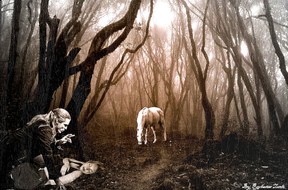 The 18th century was not a fun time to be in Europe, particularly in the East.
The 18th century was not a fun time to be in Europe, particularly in the East.


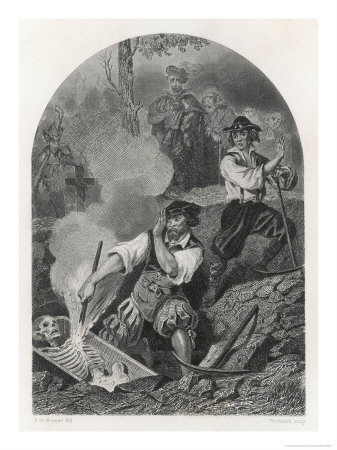
 The scare did not begin in a vacuum. Vampires did not enter the folklore fully formed and dangerous, at the beginning of the 18th century. Belief in them had persisted for centuries.
The scare did not begin in a vacuum. Vampires did not enter the folklore fully formed and dangerous, at the beginning of the 18th century. Belief in them had persisted for centuries.

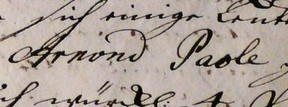 A writer for the Nuremberg based journal Commercium Litterarium broke the Arnold Paole story, which quickly became a sensation. This was on February 13th 1732, and it can really be viewed as the birth date of the vampire as a figure in Western popular culture.
A writer for the Nuremberg based journal Commercium Litterarium broke the Arnold Paole story, which quickly became a sensation. This was on February 13th 1732, and it can really be viewed as the birth date of the vampire as a figure in Western popular culture.





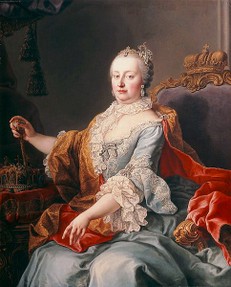 By now, people throughout Europe were not just talking about vampires. They were actively seeking to protect themselves from the feared onslaught. Each time an unknown, or poorly understood, epidemic claimed lives, there was the chance that a vampire would be blamed.
By now, people throughout Europe were not just talking about vampires. They were actively seeking to protect themselves from the feared onslaught. Each time an unknown, or poorly understood, epidemic claimed lives, there was the chance that a vampire would be blamed.
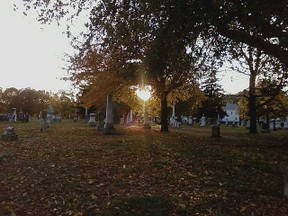 In June 1784, a worried town clerk from Willington, Connecticut, wrote a letter to his local newspaper.
In June 1784, a worried town clerk from Willington, Connecticut, wrote a letter to his local newspaper.

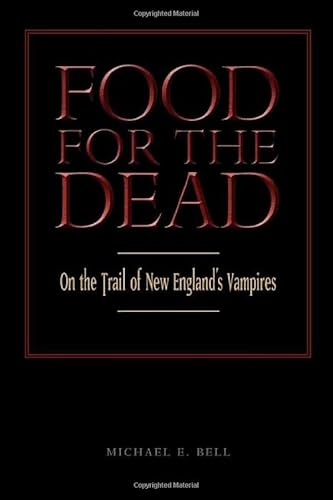


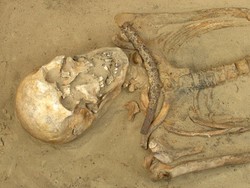

 St Tydecho's Churches in West Waleson 09/03/2014
St Tydecho's Churches in West Waleson 09/03/2014
 Goodies for an Outlander Premiere Partyon 03/06/2015
Goodies for an Outlander Premiere Partyon 03/06/2015
 Holocaust Memorial Day Interview with Rainer Höss, Grandson of Rudolf Architect of Auschwitzon 01/24/2015
Holocaust Memorial Day Interview with Rainer Höss, Grandson of Rudolf Architect of Auschwitzon 01/24/2015
 Romantic Valentine Gifts for an Outlander Fanon 01/16/2015
Romantic Valentine Gifts for an Outlander Fanon 01/16/2015

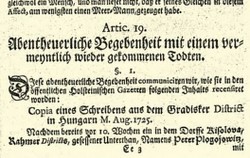
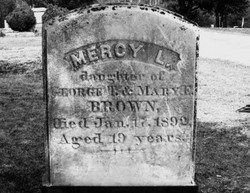
Comments
The church would probably have investigated to ascertain whether there was any dangerous cultic activity going on, or whether indeed the roots of the problem lay in something demonic, as vampires play no part in Christian thought.
they are real or fake
LOL Unfortunately I could so see this happening again. All it would take is the Daily Mail to lead the charge, all of Murdoch's papers slowly following suit and hey presto! The 21st century vampire controversy!
HA, its a good job we have evolved as a species beyond such media led moral panics eh? *takes tongue out of check for fear of chocking*
You know, I really wouldn't put that past Voltaire. Especially in the context. Great insight! Thanks for giving me something to muse upon.
And you're welcome. Thanks for your kind words.
Somehow, the adjectives used to describe the 'bloodsuckers' "...grew fat, got rosy, and enjoyed an excellent appetite ..." brought to my mind an image of the clergy :) Could Voltaire using an imagery of vampires as a metaphor for Catholic church?
As always a well-writen article Jo. Many thanks!
Who knows? We only really have that passage to go on. His Enlightenment principles would suggest not, but you would expect that to transfer to his Philosophy. He was quick enough to criticize the Catholic church for superstition throughout, but then wrote about vampires at face value.
So did Voltaire really believe in vampires?
Thank you very much for reading it and sharing it! Yes, Marie Theresa certainly had her head screwed on!
Wow! What an incredible read! Thanks goodness the Empress stopped the desecration! I'm sharing this.